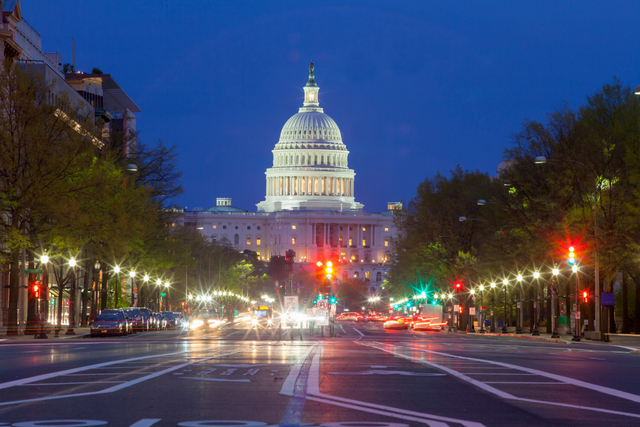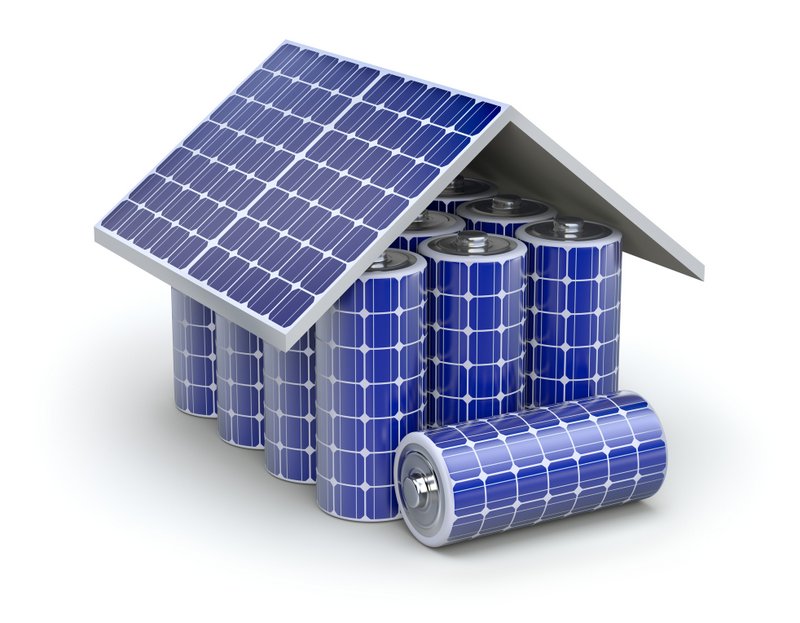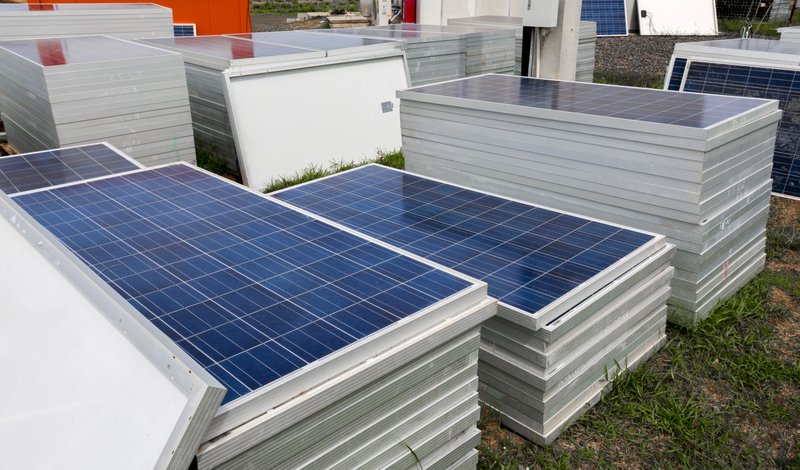International Trade Commission says to extend the Section 201 solar tariffs

The U.S. International Trade Commission recommended an extension of Section 201 global safeguard tariffs on solar cells and modules. President Biden now has discretion to take this recommendation into consideration and make a final decision. Remember that bifacial solar modules were recently exempted, again, from these tariffs.
The Solar Energy Industries Association (SEIA), of course, is against the tariffs and recommends that President Biden get rid of them.
“Four years of tariffs has proven to be an ineffective way to incentivize solar manufacturing and create American jobs,” says SEIA CEO Abigail Ross Hopper. ” President Biden has made it clear that climate change is an existential threat and that we need to deploy as much clean energy as possible to address it. A new round of Trump-imposed safeguard tariffs will hamper U.S. solar development in their wake, and we hope President Biden sees the damage they will cause to his clean energy vision.”
SEIA has always favored domestic incentives rather than punitive safeguards, which is why it is promoting and supporting the Solar Energy Manufacturing for America Act that would provide tax credits for manufacturers at every stage of the supply chain, from polysilicon on up.
By SEIA’s calculations, 62,000 U.S. solar jobs went away because of the tariffs, including a net-loss of 6,000 solar manufacturing jobs.
But, devil’s advocate, there has been an increasing in domestic solar manufacturing announcements since the tariffs were introduced (with of course more announced since the WRO went into effect), they just haven’t added much in the way of jobs or supply chain yet. Here’s a quick roundup:
- First Solar broke ground on its third manufacturing facility in Ohio. The new 3.3 GWdc facility is scheduled to open in the first half of 2023 and represents a $680 million investment. The ceremony included the U.S. Secretary of Labor Marty Walsh and several state representatives. The new plant will produce the upcoming Series 7 modules and bring First Solar’s total annual capacity in Ohio to 6 GWdc, which is believed to make it the largest fully vertically integrated solar manufacturing complex outside China. The facility is forecast to create over 700 permanent jobs in addition to the over 1,600 people that First Solar currently employs in Ohio. Historically aimed at larger-scale solar sites, First Solar is now making a big push into DG solar markets.
- Heliene announced a $21 million investment in a manufacturing facility located in Mountain Iron, Minn. This comes on the heels of a new Florida facility in August and brings the company’s total manufacturing capacity to 900 MW. Construction will commence this September, adjacent to the existing facility, with manufacturing set to begin in June 2022.
- Silfab Solar is now shipping solar modules from its latest U.S. manufacturing facility. The new Burlington, Wash., facility is Silfab’s third in North America, features the latest precision machinery and is initially focused on producing the company’s newest Silfab Prime 370 W series. Since 2011, Silfab has recorded more than a dozen expansions of North American production capacity.
- Meyer Burger will develop a 400-megawatt, high-performance heterojunction cell solar module manufacturing facility in the U.S.
- Reliance New Energy Solar is set to acquire PV module manufacturer REC Group with the goal of adding a 1-GW module facility in the U.S.
Anyway, will be interesting to see how the Biden Administration assesses the matter, given its clean energy goals and focus on infrastructure and amid the various global / solar supply chain storylines.





Comments are closed here.